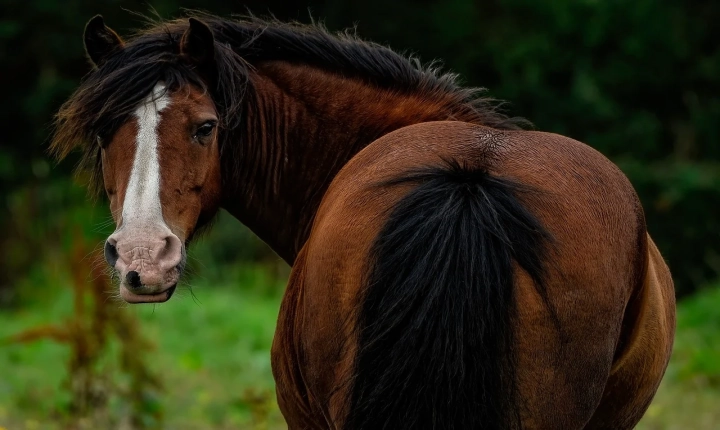Is AI Going to Replace Animators?
The animation industry has seen tremendous advancement over the years, with the incorporation of cutting-edge technologies and tools to create breathtaking visuals and storytelling. However, with the rapid development of artificial intelligence (AI) and machine learning, questions have arisen about the potential impact of AI on the future of animation and the role of animators.
It’s no secret that AI has already begun to make its mark in the world of animation. Tools and software powered by AI are being used to streamline various aspects of the animation process, from rigging and modeling to motion capture and facial recognition. These technologies have enabled animators to work more efficiently and with greater precision, leading to significant time and cost savings in the production of animated content.
One of the key concerns surrounding AI’s role in animation is its potential to replace human animators altogether. With the ability to generate realistic animations based on vast datasets and algorithms, AI has the potential to automate certain tasks that were traditionally performed by animators. This raises questions about the future employability of animators and the impact on the creative process.
While AI has undoubtedly brought about significant changes in the animation industry, the idea of it replacing animators entirely is a complex and multi-faceted issue. It’s essential to acknowledge that the core creative aspect of animation, such as storytelling, character development, and emotional expression, relies heavily on human input and imagination. AI, at its current stage, lacks the ability to replicate human creativity and intuition, which are essential elements in creating engaging and emotionally resonant animated content.
Moreover, animation is a deeply collaborative and artistic process that involves a combination of technical skills, artistic vision, and storytelling expertise. While AI can assist in certain technical aspects of animation, it is unlikely to fully replace the diverse skill set and adaptability of human animators.
Instead of viewing AI as a threat, many industry professionals see it as a valuable tool that can enhance the capabilities and productivity of animators. By leveraging AI-powered tools, animators can focus more on the creative aspects of their work, while leaving repetitive and time-consuming tasks to be handled by AI algorithms. This symbiotic relationship between AI and human animators has the potential to push the boundaries of what is possible in animation and lead to the creation of more captivating and innovative content.
As with any technological advancement, the integration of AI into animation will undoubtedly continue to evolve and raise new challenges. It’s crucial for animators to stay up to date with the latest technologies and adapt their skill sets to complement the use of AI in their work. Embracing AI as a complementary tool rather than a replacement can lead to new opportunities and advancements in the field of animation.
In conclusion, while AI has the potential to reshape certain aspects of the animation industry, the role of human animators remains indispensable. The creative and collaborative nature of animation, combined with the artistic vision and emotional depth that human animators bring to their work, makes it unlikely for AI to completely replace them. By embracing the potential of AI as a tool to enhance their creative process, animators can continue to drive innovation and excellence in the world of animation.
